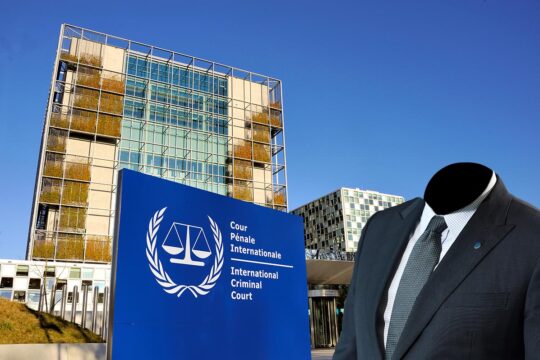The inquiry, opened in March 1998 after a complaint from relatives of the French pilot also killed, resulted in nine international arrest warrants against close aides of current Rwandan president Paul Kagame in November 2006.
At the presentation of the ballistics report to the parties on January 10, 2012, Rwandan authorities expressed satisfaction that, in their view, the report clears them of all suspicions of responsibility. Several media reports concluded that Hutu extremists were responsible.
Conduct of the experts' inquiry:
The expert team visited Rwanda from September 12 to 17, 2010, to conduct investigations including a study of the most likely sites for the firing of the missiles. Prior to their visit, the experts first studied evidence previously brought to the inquiry.
Amongst this evidence is a letter from the dead pilot of Habyarimana's downed Falcon 50 'plane, Jean-Pierre Minaberry, in which he expresses his concern after hearing that Kagame's Rwandan Patriotic Front (RPF) had acquired SA7 missiles. A former lieutenant of the Forces Armées Rwandaises (former national army under Habyarimana, FAR) who understands Russian testified that he had seen the cases of Soviet-made missiles used to hit the 'plane, and gave the serial numbers.
Testimonies from several RPF defectors in 2003 and 2004 put the responsibility for downing the plane on the RPF (some witnesses have since retracted). An official Rwandan inquiry, whose results were published in 2009, put the blame on the FAR.
After studying the previous evidence, the experts listed six possible locations from which the missiles could have been fired. Three of these are in the former FAR military camp of Kanombe, which was home notably to the parachute regiment and was close to Habyarimana's residence. A fourth possible location is also close to what was Habyarimana's residence. The two other locations are on the Masaka plain which was also controlled by the FAR. Judge Jean-Louis Bruguière, formerly in charge of the inquiry, had concluded that RPF elements managed to infiltrate the site in order to down the plane.
During their visit to Rwanda, the experts heard twelve witnesses. They also conducted ballistic, geometrical, topographical and acoustic studies in the six locations identified. The experts concluded as follows:
The weapons used:
Starting with 53 possibilities, the experts proceeded by elimination. Some were ruled out because of the dates they were in service. Others were also ruled out because they do not correspond with the type of impact found on the wreckage of Habyarimana's plane, or because they cannot be used at night.
The experts plump strongly for the Soviet-made SA16 missiles, saying it is "highly probable" that they were the weapons used. The experts conclude that there were two people who fired the missiles, each person firing one missile from 20 meters apart.
The experts say that their conclusion is "not influenced by the discovery in the Masaka area of two SA16 missile cases", making an implicit reference to the 1999 testimony -- subsequently confirmed -- of the Russophone former FAR officer.
Finally they also stress that "the use of these ground-to-air missiles needs considerable preparation and training. An amateur or novice could not use them properly. As we have stated previously, some 70 trial shots, or 50 to 60 hours of practice would be necessary to understand the system and become a good operator".
The hitmen's most likely location:
The experts conclude that the locations identified on the Masaka plain are ideal. "It is from these positions out of all those studied that the probability of a hit is the highest," they say.
The Kanombe positions are less good. "The probablities of hitting the plane are less good than the Masaka ones," the experts say, but add that they are "good enough that out of two missiles fired one could hit the plane".
However Masaka is finally ruled out because, the experts say, a shot from there would have hit the left engine of the plane and not the underside of the wing as was the case. And above all, it would not have been heard in the manner described by a Belgian couple who are key witnesses and who were having dinner that night in their house situated inside the Kanombe military camp.
The report concliudes that: "The knot of concurring points that emerge from the studies we have conducted allow us to pinpoint the most probable firing zone as Kanombe (...) The fact that we find these two positions the most likely does not mean that technically the missiles could not have been fired from a somewhat wider perimeter. We consider that a zone of at least 100 meters further to the east and to the south is also possible, provided that there was clear ground between the position and the plane's approach path."
The experts thus leave open the possibility that the hitmen could have been positioned outside the perimeter of the Kanombe military camp.
The five commissioned experts were originally supposed to submit their report in March 2011. After adding an acoustics expert to the team and several delays, their report was finally submitted to investigating magistrates on January 5, 2012. The parties have three months to submit their remarks. The seven accused remain indicted for the time being.
GF/ER/JC
© Hirondelle News Agency



